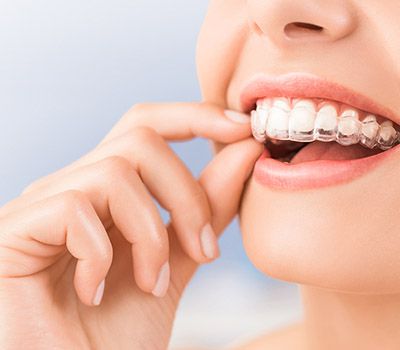Sedation is a significant part of dentistry. It is used when the dentist conducts oral surgeries or any other procedure that may cause pain. Using oral sedation, the dentist can numb the oral tissues such as the teeth, gums, jawbone, and other soft tissues of the mouth during the treatment. Milder forms of sedation are preferred when the patient is too anxious and has a hard time staying still during the procedures.
Nitrous oxide: Nitrous oxide, or commonly known as laughing gas, is a common sedative used in dentistry. It is a gaseous sedative that the patient has to inhale, and in a few minutes, they will feel quite relaxed and at ease. It is used for patients who feel too nervous during dental treatment and on younger patients. The effect of the drug wears off in a few minutes and has no ill-effects.
Oral pills: Sedation can be administered in the form of oral pills as well. The dentist will prescribe the right dosage before the procedure, and within a few minutes of taking them, you will slip into a state of partial consciousness. Meaning, you will have a faint memory of what happened during the surgery but would not experience any pain.
IV sedation: Intravenous sedation is used for procedures that are supposed to happen for a prolonged time. Common examples are placing dental implants, bone graft, gum graft, etc. In such cases, the dentist administers the sedative directly into the patients’ veins so that they go into a state of deep unconsciousness. The effect of the sedation lasts for a few hours, after which you may feel drowsy. The dentist suggests suitable medication to return to your usual self.
All the sedatives that we use are tested safe for use. Moreover, we use sedation only when it is absolutely necessary.
To have a consultation with our dentists, please schedule an online appointment or call us, and we will be happy to help.









